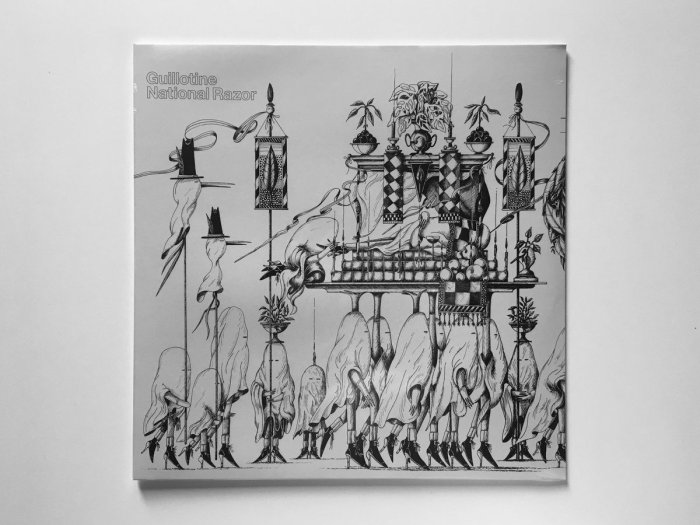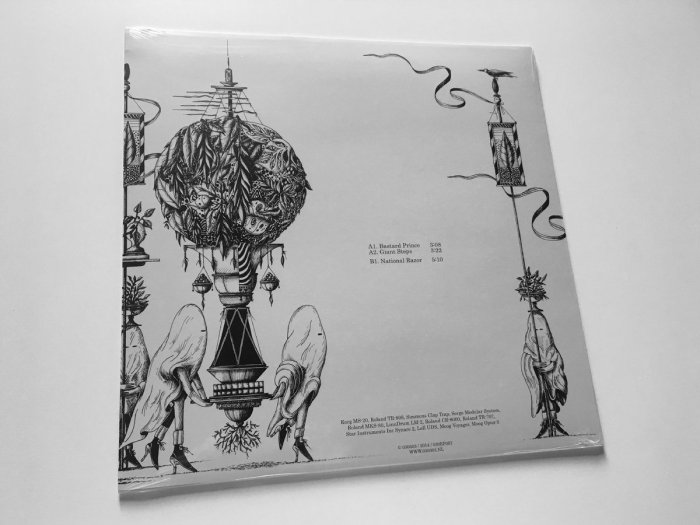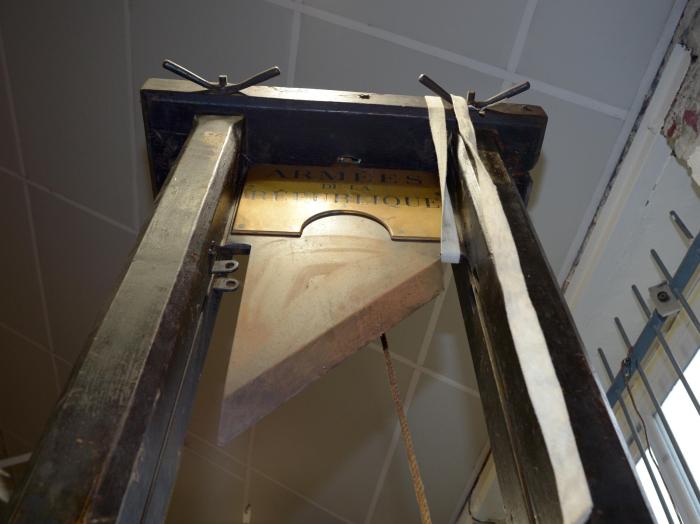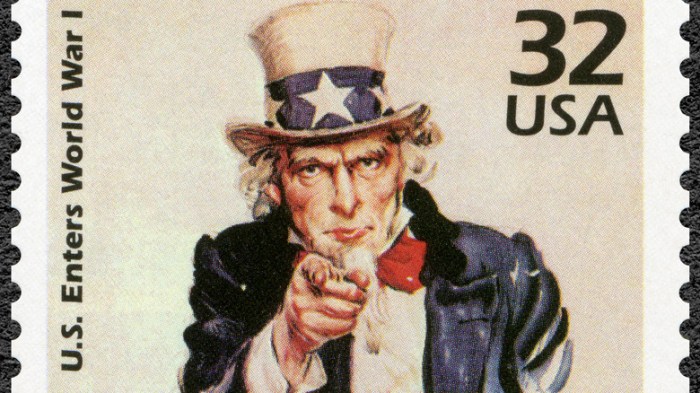The guillotine the national razor worksheet answer key – Embark on a journey through the chilling history, mechanics, cultural significance, and ethical debates surrounding the infamous guillotine, the “National Razor,” through the lens of the Guillotine: The National Razor Worksheet Answer Key. Unravel the mysteries of this iconic symbol of revolution and explore its profound impact on French society and beyond.
Delving into the intricate design and operation of the guillotine, we’ll uncover the mechanics behind its swift and gruesome efficiency. Witness the guillotine’s haunting presence in art, literature, and popular culture, where it has served as a potent symbol of both terror and justice.
1. Historical Significance of the Guillotine

The guillotine, an infamous symbol of the French Revolution, holds a profound historical significance. It emerged during a period of radical social and political upheaval in France, serving as a potent tool of the revolutionary government to execute those deemed enemies of the Republic.
Role during the French Revolution
The guillotine played a central role in the Reign of Terror, a period of intense political violence. Its swift and impersonal nature became a defining characteristic of the revolution, instilling fear and awe in the populace. The guillotine’s victims included prominent figures such as King Louis XVI, Marie Antoinette, and Danton.
Symbolism and Impact
The guillotine transcended its physical form, becoming a powerful symbol of both revolution and terror. Its blade represented the relentless march of justice, while its public executions served as a spectacle of retribution and a warning to potential dissenters. The guillotine’s impact on French society was profound, shaping the nation’s political landscape and collective memory.
2. Mechanical Operation of the Guillotine

The guillotine’s design and operation were meticulously engineered to achieve a swift and efficient execution.
Design and Construction
The guillotine consisted of a heavy, angled blade suspended within a vertical frame. The blade was released via a lever or rope mechanism, severing the victim’s head in a single, clean motion.
Mechanical Process
Once the victim was secured in place, the executioner would activate the release mechanism. The blade would descend rapidly, propelled by its own weight and the force of gravity, severing the victim’s head with minimal resistance. The guillotine’s efficiency and speed made it a particularly gruesome yet effective method of execution.
3. Cultural and Literary Depictions of the Guillotine

The guillotine’s enduring legacy extends beyond its historical significance. It has become an iconic symbol in art, literature, and popular culture, representing both revolution and terror.
Portrayal in Art and Literature, The guillotine the national razor worksheet answer key
Artists such as Jacques-Louis David and Honoré Daumier depicted the guillotine in their works, capturing its power and the horror it inflicted. Writers like Charles Dickens and Victor Hugo used the guillotine as a potent symbol of societal upheaval and injustice.
Symbolism in Popular Culture
In modern times, the guillotine continues to be used as a symbol in film, television, and video games. Its appearance evokes instant recognition, evoking themes of revolution, tyranny, and the fragility of life.
4. Comparisons to Other Execution Methods
The guillotine was not the only method of execution employed throughout history. Here is a comparison to other methods:
- Hanging:A relatively quick and painless method, but requires a sturdy structure and skilled executioner.
- Beheading:Similar to the guillotine, but performed by a skilled swordsman or axeman, potentially leading to pain and uneven cuts.
- Firing squad:A more humane method, but requires multiple shooters and can be psychologically taxing for participants.
- Electric chair:A method used in the United States, involving an electric current that causes cardiac arrest, but can be unreliable and gruesome.
- Lethal injection:A relatively humane method, involving a combination of drugs to induce unconsciousness and death, but can be time-consuming.
5. Ethical and Legal Considerations

The use of the guillotine raises ethical and legal questions:
Ethical Debates
The guillotine’s efficiency and public nature have sparked ethical debates. Some argue that its swift and impersonal nature minimizes suffering, while others condemn its spectacle and potential for abuse.
Legal Considerations
The use of the guillotine has been banned in most countries due to concerns about its potential for misuse and its incompatibility with modern human rights standards. However, it remains legal in a few jurisdictions for specific crimes.
Impact on Human Rights
The guillotine’s history and symbolism have influenced the development of human rights and legal systems. It serves as a reminder of the potential for abuse of power and the importance of due process and humane treatment in criminal justice.
Questions and Answers: The Guillotine The National Razor Worksheet Answer Key
What was the primary purpose of the guillotine?
The guillotine was primarily used as a method of capital punishment during the French Revolution.
How did the guillotine operate mechanically?
The guillotine consisted of a heavy blade suspended above a wooden frame. When the blade was released, it would swiftly descend, severing the head of the condemned individual.
What is the historical significance of the guillotine?
The guillotine became a powerful symbol of the French Revolution, representing both the Reign of Terror and the fight for liberty and equality.
What are the ethical concerns surrounding the use of the guillotine?
The use of the guillotine has raised ethical concerns about the morality of capital punishment, the potential for wrongful executions, and the cruel and unusual nature of the method.

